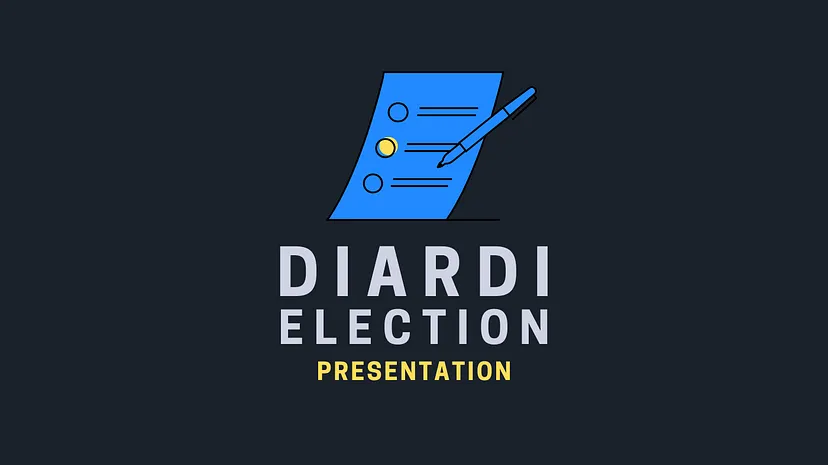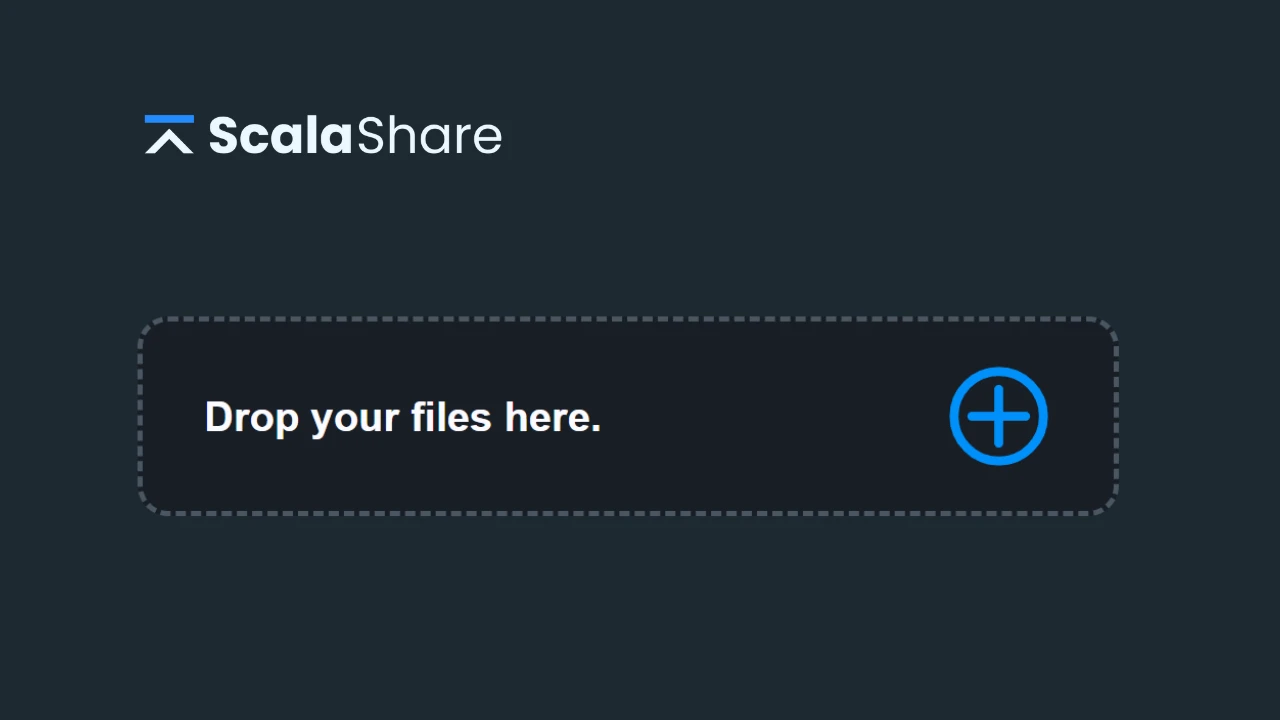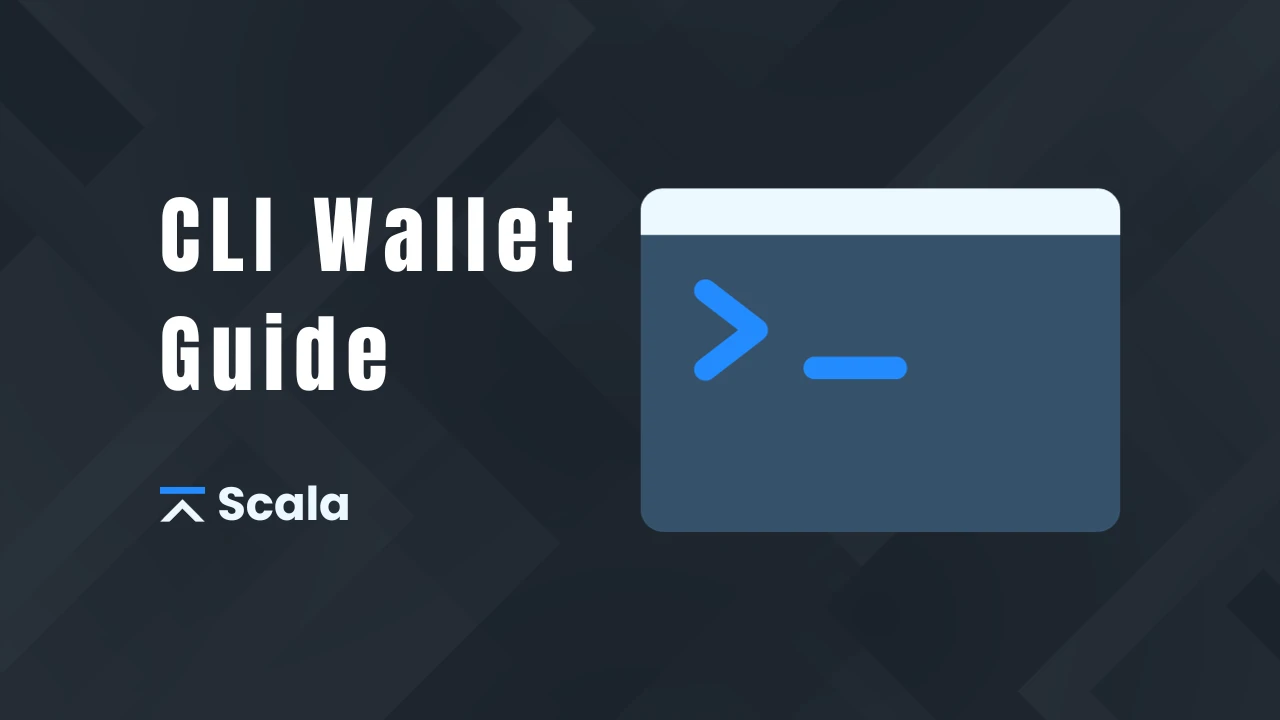
We know that you’ve all been patiently waiting for news from us regarding Diardi V8 (the next iteration of our network implementation) and the future of our project, and we’ve got something exciting for you!
As most of you know, we have planned to implement a staked election system for the Diardi Operators since its inception.
Now, after months of development effort, we present to you the Diardi Election Application as well as the process of how we will let everyone stake their XLA to try and get a spot on the Diardi operators list.
What are the Diardi Operators?
So if you’ve been out of the loop for some time, the Diardi operators are the ones who will produce blocks on the same chain (every 4th block) using a known address. Contrary to the pure Nakamoto consensus, this brings up the issue of decentralization. That’s where the catch lies: at the moment, if you look at the network, it’s being dominated by 2 or sometimes even just one pool.
This in itself is not that bad, as all (most) pool operators have been very open and cooperative with us. But the problem doesn’t end there. What if, by sheer chance, this one very large pool were to be attacked? Doesn’t that mean our entire network is now at the mercy of this one lonely server? To combat this, we thought to decentralize this issue by letting a group of members outside of the mining community publish blocks as checkpoint blocks.
A lot of 51%-attacks revolve around a pool mining a large number of blocks in private and releasing their largest chain to the public network, thereby rendering an entire set of blocks useless. This is very hard to do with Diardi in place, as the malicious pool operator (or the hacker of this malicious pool) must not only have a massive amount of compute power but also have colluded with many Diardi operators as well to conduct an attack.
How does it work?
It’s pretty simple, actually. To ensure that the Diardi operators applicants are also worthy Diardi operators, we will have staked elections.
Staked elections involve a user putting up a certain amount of XLA that he holds to showcase that he has the most monetary stake in the chain and thus more than anyone else to lose if the chain may be attacked.

We will take a snapshot of the Scala chain with all the user balances on October 31st, 2022. Users will get access to a special remote node that they can connect to with their seeds to send their vXLA (since this is now a forked chain) to our voting application; once the election period of 2 weeks is over, we will select the first Diardi operators (32 or 64) depending on the number of candidates.
⚠️ IMPORTANT: Please remember that balances sitting on exchanges will NOT be counted as your coins, and you will not be able to send that to the election application. So please move your coins to your own wallet before the snapshot date and move them back to the exchange after, if you’d like to, once the snapshot has concluded.
Compensation
The Diardi operators who get elected will be allowed to run Diardi nodes, providing them with 25% of all produced blocks.
Conclusion
If you are curious to know more about how Diardi works, check our Wiki: https://wiki.scalaproject.io/specifications/feature-desc/diardi
As usual, let us know on Discord or Telegram if you have any questions or comments.



